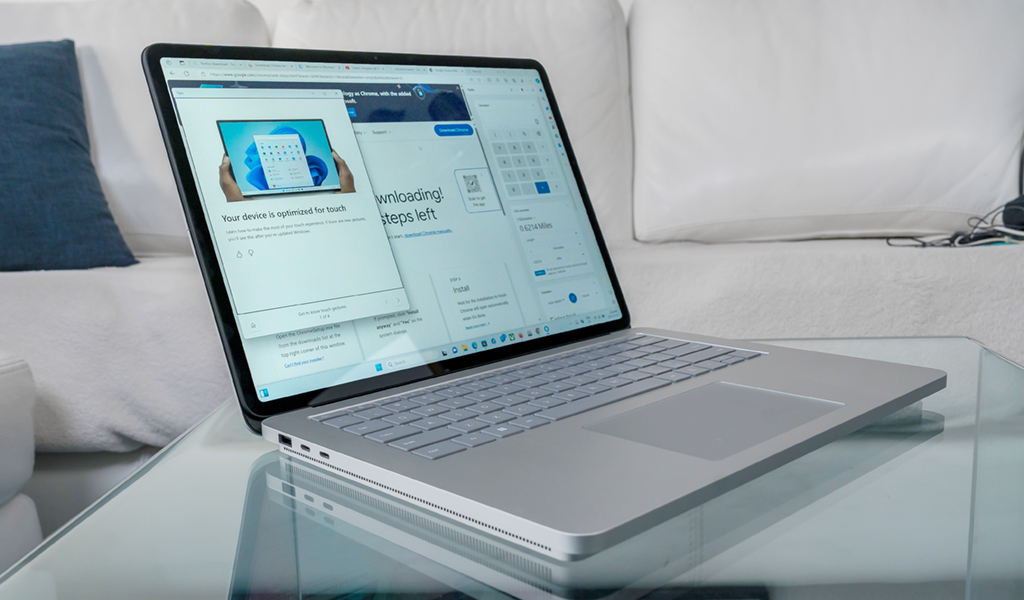
The Surface Laptop Studio 2 is indeed a laptop but it’s also supposed to be something more when you start folding it to use it in other ways. I never got to test the original model, so I can’t compare the two, but it didn’t take long to figure out the basics on this device.
The Surface Laptop Studio 2 is unique because of its hinge design, setting it apart from other Surface laptops. With the ability to fold and tilt the screen, the device becomes a tool you can use in other ways, which is the point Microsoft wants to get across with it. It also equipped it with a solid slate of specs and good build quality, though you will have to really know what you want to do before you jump in and buy it.
Digging deeper into the Surface Laptop Studio 2

Microsoft Surface Laptop Studio 2 (as tested):
|
Microsoft actually changed little in the body, only opting to go with anodized aluminum instead. It’s still got heft to it, weighing 4.37 pounds, so not the lightest laptop around, nor the thinnest given how thick it is, owing to the hinge design. But it’s easy to accept those metrics when you consider what it’s supposed to deliver, which is high-end performance to speed up productivity.
That’s why it’s good to see two Thunderbolt 4 USB-C ports to go with one USB-A and a microSD card slot, the latter two of which weren’t in the original model. The charger is still proprietary but you can also top up the battery using either of the USB-C ports. There’s an indent underneath the device at the front that acts as storage for the separately sold Surface Slim Pen 2. It’s hard to accept that it doesn’t come included in the box considering the laptop was built to accommodate it. Moreover, the Surface Pen I had from years ago was also incompatible. I could pair it with the Studio 2 via Bluetooth except the screen wouldn’t register any touches from it.
The 14.4-inch screen isn’t an OLED, unfortunately, but it’s still pretty vibrant. I just wish it was a little more accurate on colour as it relates to Adobe RGB and DCI-P3. For a device that can handle photo and video-editing, and tilts to make that even more hands-on, it’s something you have to consider when you’re serious about that kind of workflow.
Especially when there’s power under the hood. The 13th-gen Intel Raptor Lake processor comes with different GPU configurations, from an integrated graphics chip to Nvidia GeForce RTX 4060. You pay the premium, either way, but going to Nvidia means a notch up on graphical output. The base unit starts at 16GB of RAM and 512GB of SSD storage, both of which can go higher based on configuration as well.
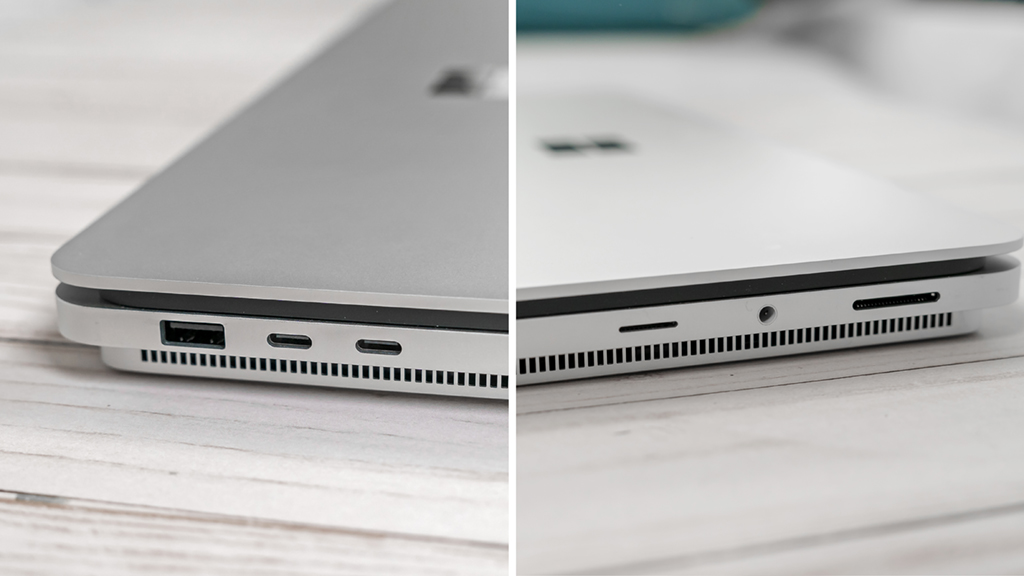
A neural processing unit for AI
There is a discrete neural processing unit (NPU) to handle specific AI-driven features on the device itself. Chief among them is Microsoft’s own Copilot AI assistant, embedded in the operating system rather than always using the cloud to do things. Copilot is pretty good unto itself, and worth trying on a laptop like this. The rest of the AI feature set is largely limited to video conferencing tools to improve how you appear and communicate with others.
There are Windows Studio Effects, and they’re made up of three key features where the AI processes things like background blur, eye-contact visibility and dynamic framing to always keep you in focus during a call or presentation. Since the AI is local and not in the cloud, it can run smoothly without relying on servers from somewhere else.
Software and performance

If you’re really serious about gaming, meaning you want the best performance across the board, this isn’t the laptop for you. Dedicated gaming laptops offer much better value vis-à-vis performance for that use case. You can still play games on it with buttery smooth frame rates at 1080p, but you can’t push it too hard beyond that.
The Surface Laptop Studio 2 is a workhorse, so you could always make the case that you need the best specs to run demanding applications. For instance, if you edit a lot of video and want rendering times chopped down, it’s hard to argue against taking a chance here. Tilt the screen or flatten it out and you have a tablet-like canvas to work with. In fact, the screen comes out and rests by magnet right in front of the trackpad, letting you still navigate that way.
To get the most out of this laptop, you need to utilize that part of it. There are plenty of laptops offering a great mix of portability and performance that don’t have flipped screens. It’s big part of the draw here, and invites a fair bit of creativity if you can use it. The only challenge is the screen pretty much only tilts and rests at two angles, so it’s not always going to cooperate when you have a different angle in mind.
Microsoft makes clear that it thinks the Studio 2 is best suited for people who need more. I totally agree, not just because of the cost, but also because the company built it for that purpose. Unlike other 2-in-1 convertibles, this one handles tougher workflows, including multitasking with various apps and processing files faster.
I love the keyboard, and quickly became one of my favourites to type on. The trackpad is equally effective with excellent haptics. Simple word processing or dealing with more complex documents didn’t feel like a chore on the hardware side.
The big takeaways

Whether you’re a content creator, business user or student in a creative field, the Surface Laptop Studio 2 has something for everyone. It’s not the kind of hybrid laptop you can put in a box and label as one thing or another. I already noted the limits on the gaming side, but as a mobile workstation, it has a lot going for it. I just feel Microsoft should’ve included the Surface Pen Slim 2. The moment you tilt the device to work on something, it’s pretty much asking for a stylus to touch it.
The ports are also important because Microsoft covers more bases now. The USB-A port is arguably the biggest addition when factoring in how many accessories still use it. A full-size memory card slot would’ve been better than a microSD slot, but at least there are ways to get SD cards into the laptop through adapters. Thunderbolt 4 opens things up to external monitors and other peripherals to make the job easier to finish.
When it’s time to use it for leisure, the Studio 2 won’t disappoint. The built-in speakers support Dolby Atmos and sound quite good. It’s very easy to pair an Android phone with the device to respond to messages and work with other apps more conveniently. Watching video is great now that there’s HDR10 and Dolby Vision support especially when tilting the screen or going flat whenever that’s easier.
Battery life on the Surface Laptop Studio 2
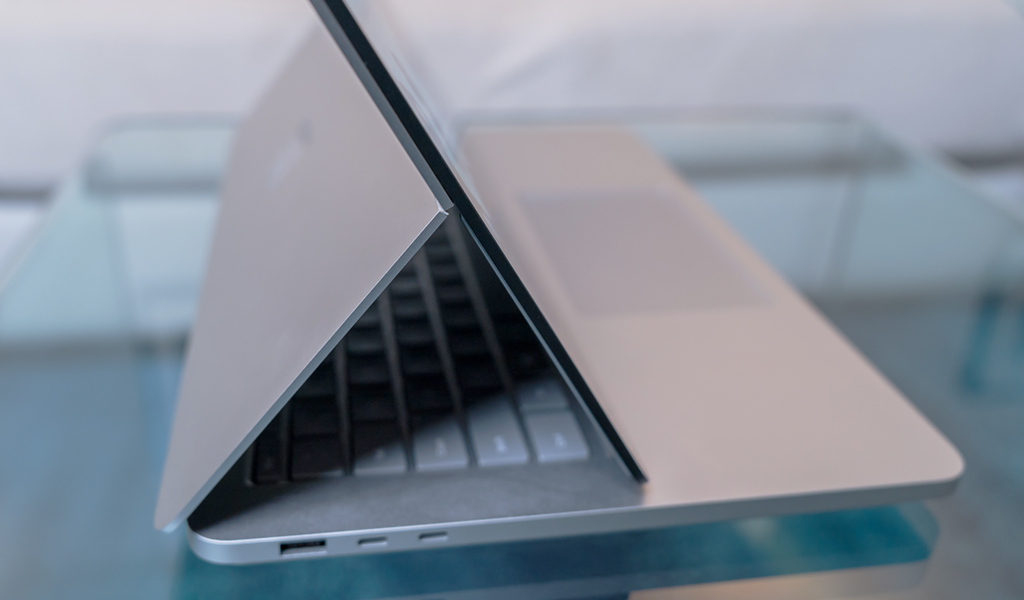
The Studio 2 actually has the same size battery as its predecessor, but when you factor in newer components, results are hit or miss. I barely squeaked through a full work day with it—and that’s with me also using another computer at the same time. To quantify, my testing suggests you could expect about seven hours per charge with moderate usage. If you’re constantly taxing the CPU or GPU, that number will come down.
That leaves you to decide when to prioritize performance over battery life, or vice versa. You could certainly argue for a Windows laptop of this size and configuration, that kind of battery life isn’t bad, but there are other laptops forging ahead with longer charges.
As usual, the power adapter has its own integrated USB-A port to charge phones, tablets and other devices. It doesn’t do anything else beyond that, like pass through connections to the laptop itself. Basically, if you plug in a peripheral into it, nothing happens.
Final thoughts
Your decision to go with the Surface Laptop Studio 2 depends on what you need in a laptop, what your budget allows and whether the hybrid design works for your needs. Much of the premium cost involved here has to do with how the screen folds and tilts. Take that away, and you have a laptop that’s a lot like others on the market. The AI features are interesting, and likely to keep expanding, so that will be an intriguing development for this device.
The Microsoft Surface Laptop Studio 2 is available now in various configurations.



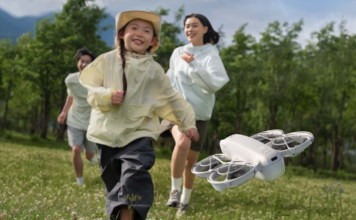

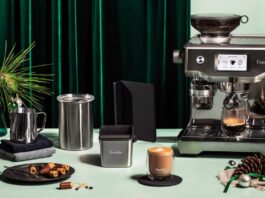

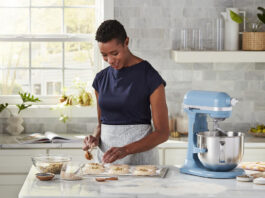

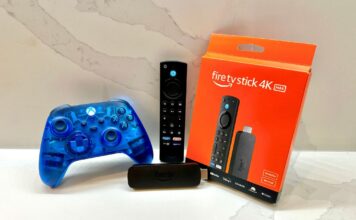
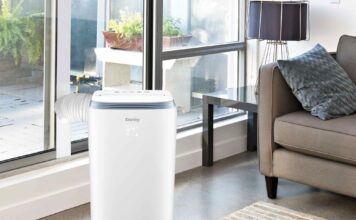

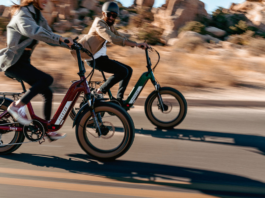


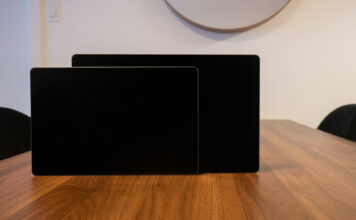



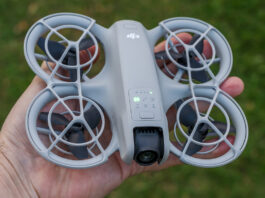






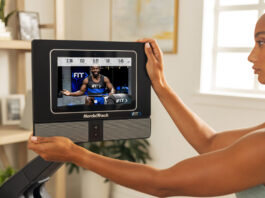

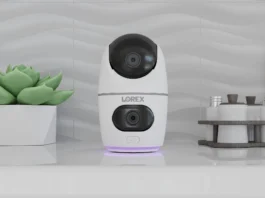
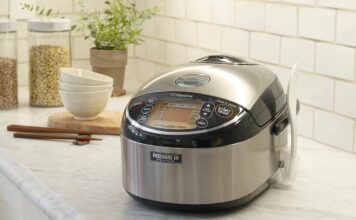
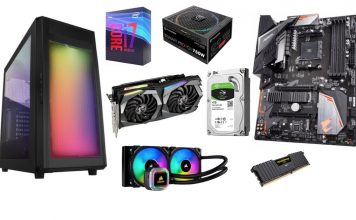
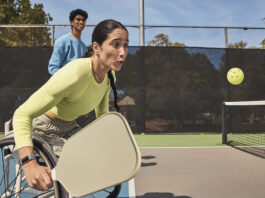









like the way that it works
Love to get Microsoft surface
Comments are closed.